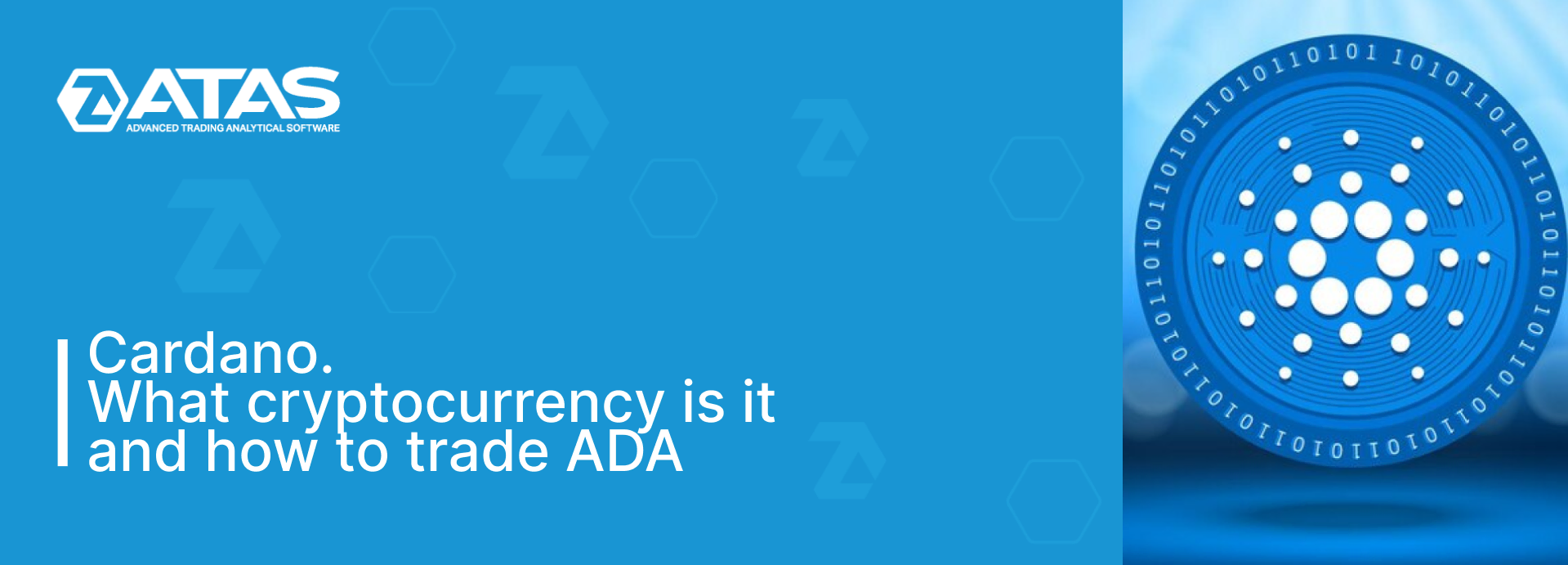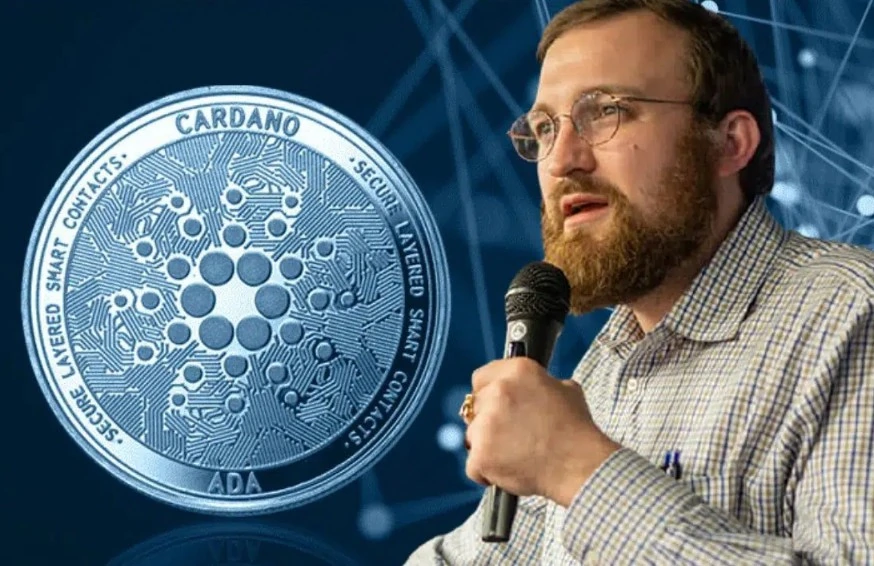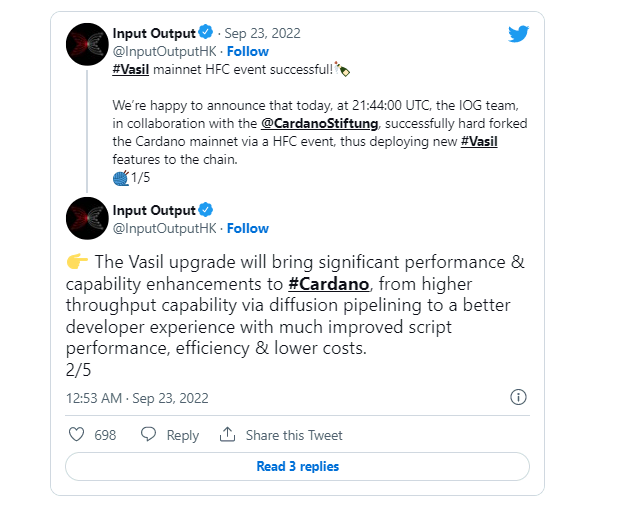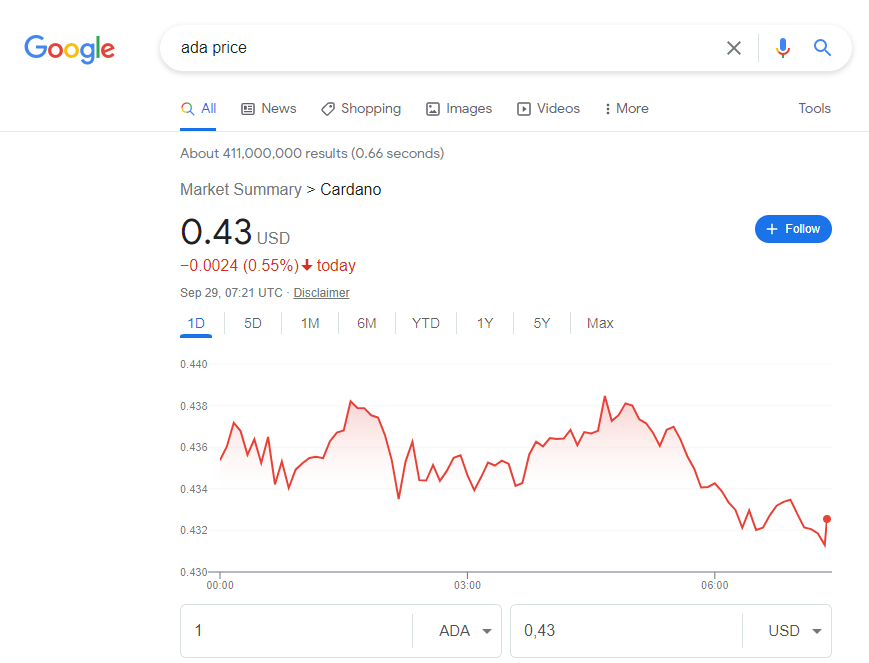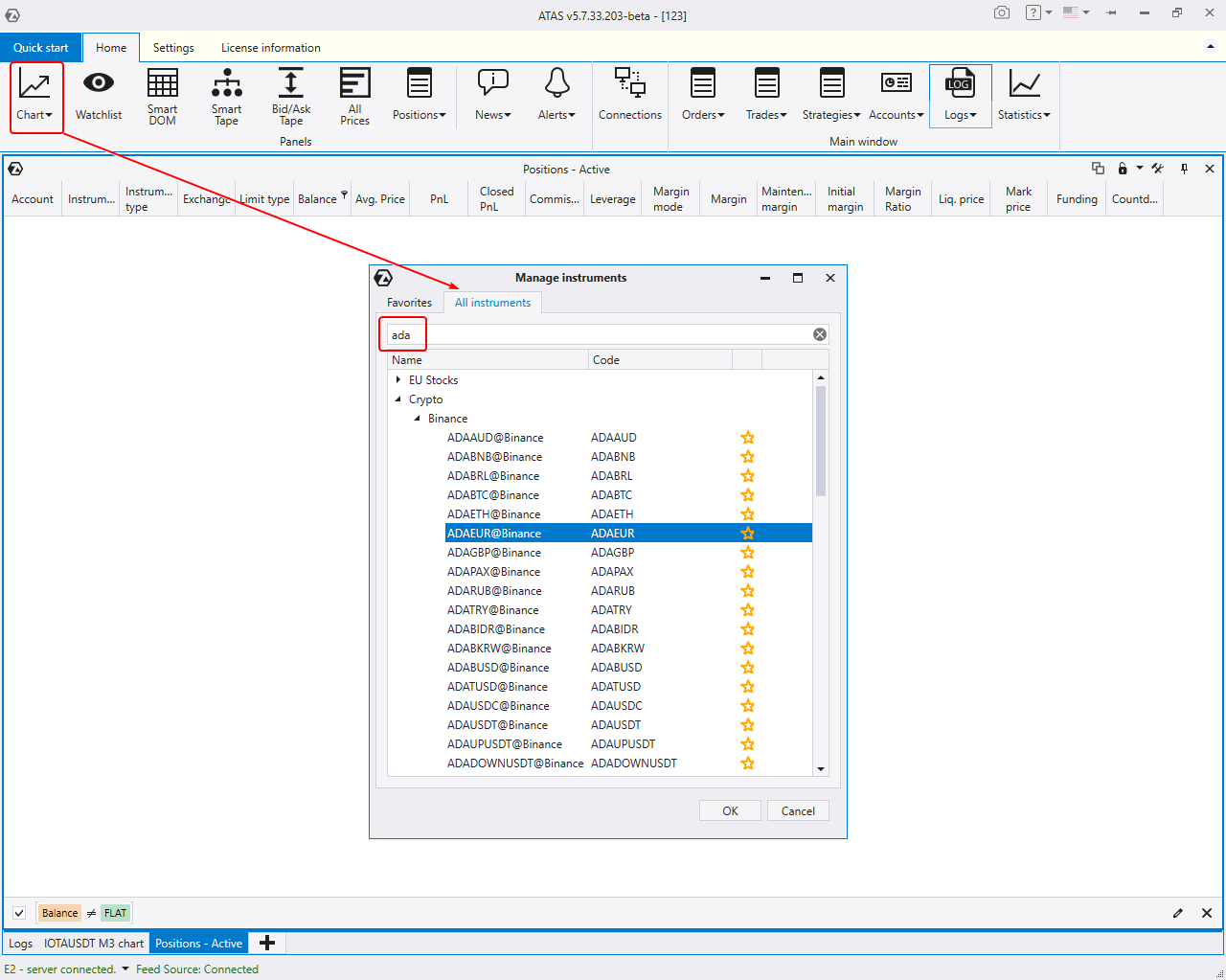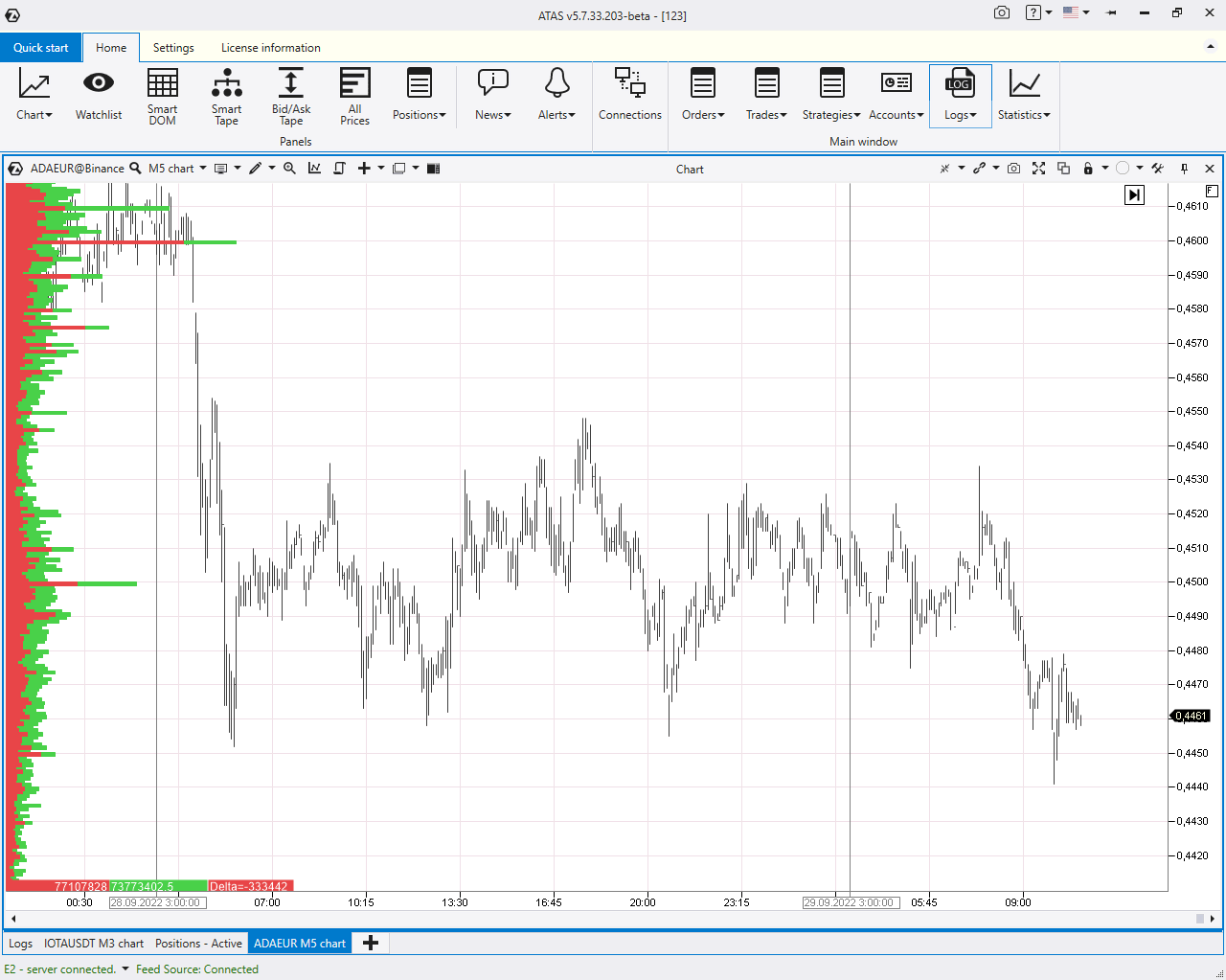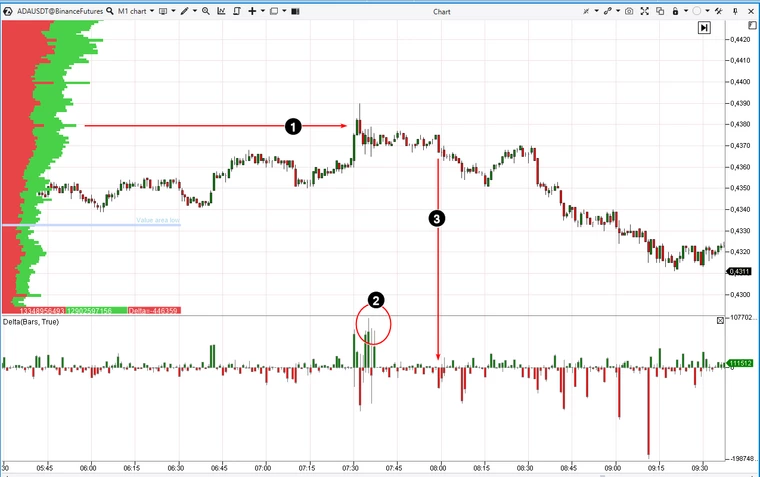What is ADA it and how to trade Cardano cryptocurrency
Cardano is a public blockchain platform named after the Italian mathematician Gerolamo Cardano.
At the time of writing this article (autumn 2022), Cardano has the 8th place among all cryptocurrencies by capitalization according to Coinmarketcap. At the same time, Cardano has ambitions to surpass both Bitcoin and Ethereum which have the first positions in the ranking.
In this article:

